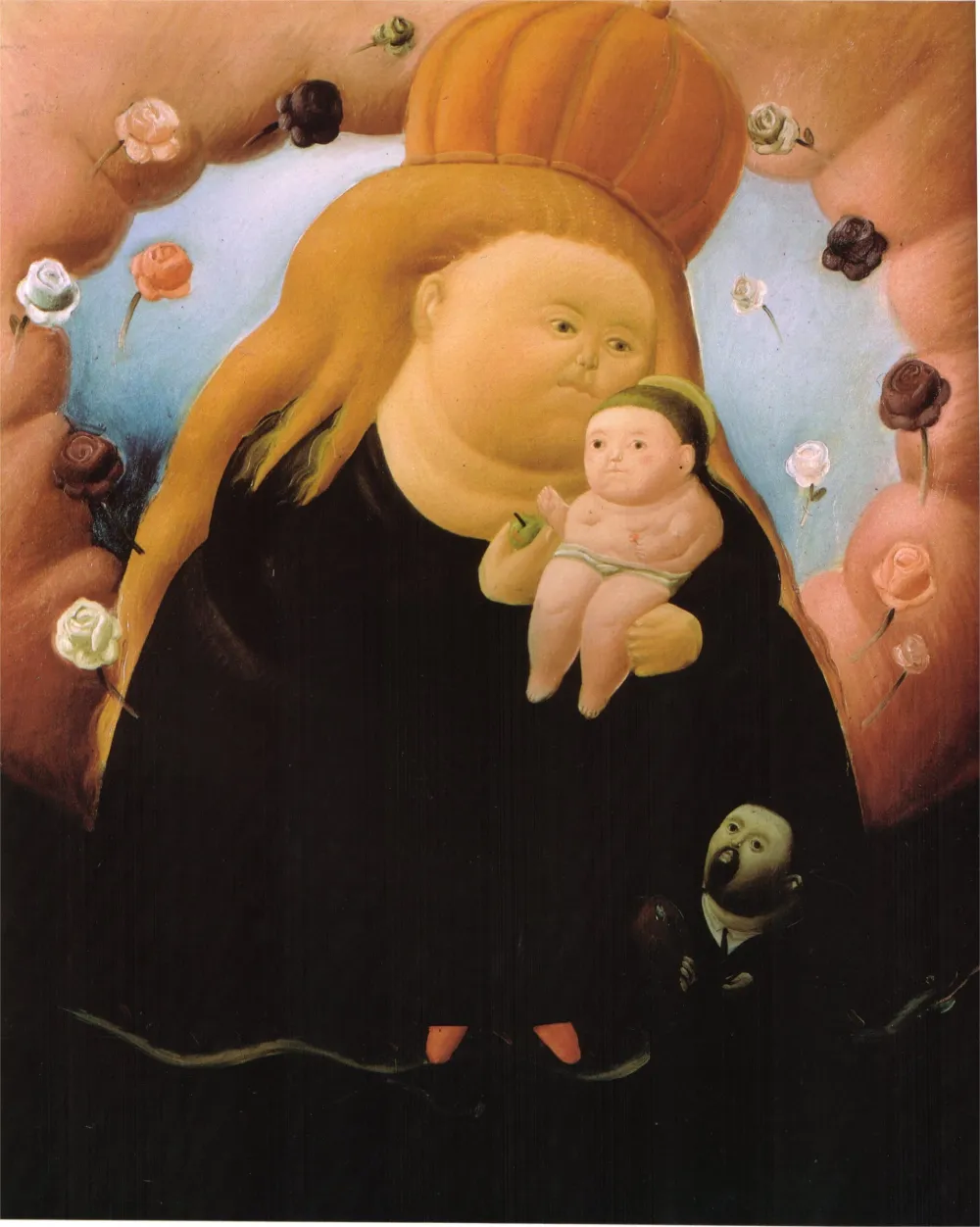
The painting world of Fernando Botero: Style, iconic artworks, and lasting impact
Beyond the surface of rotund shapes lies a disciplined artist with a deep understanding of form, composition, and color. This article explores&nbs
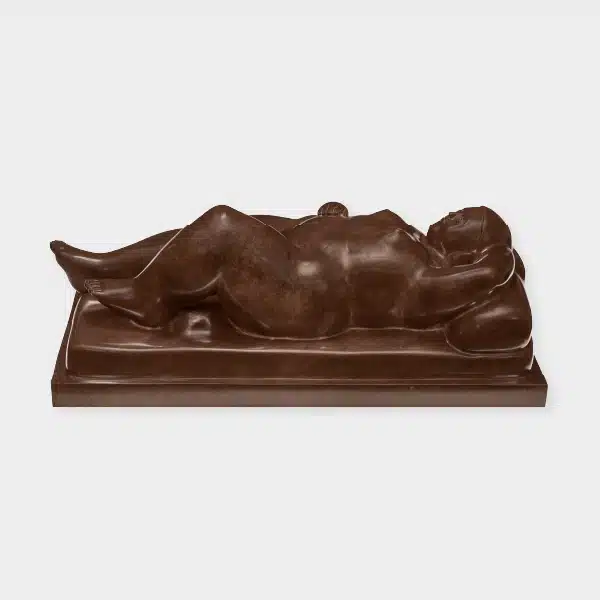
Bronze
10.51 x 27.51 x 12.75 in
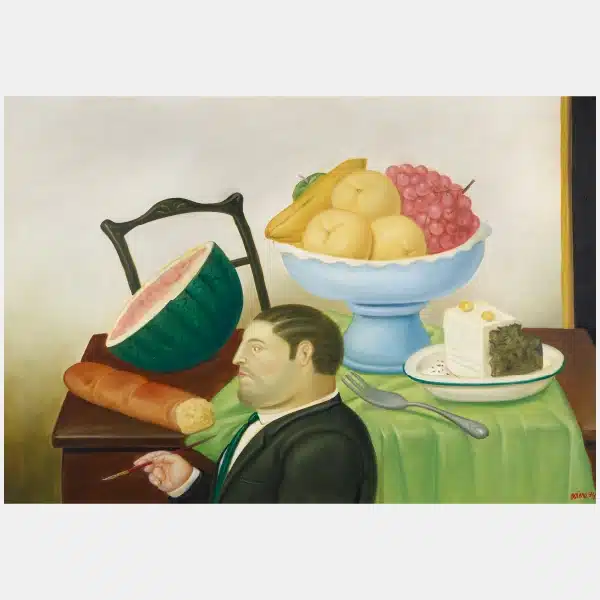
Oil on canvas
39.76 x 51.57 in
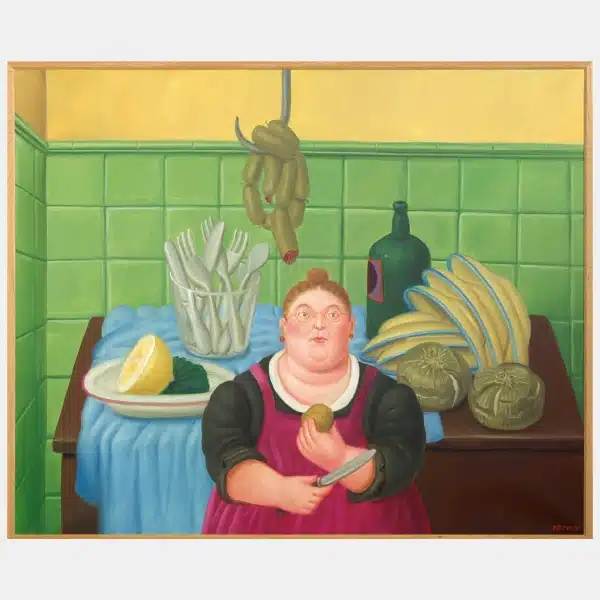
Oil on canvas
39.76 x 48.42 in
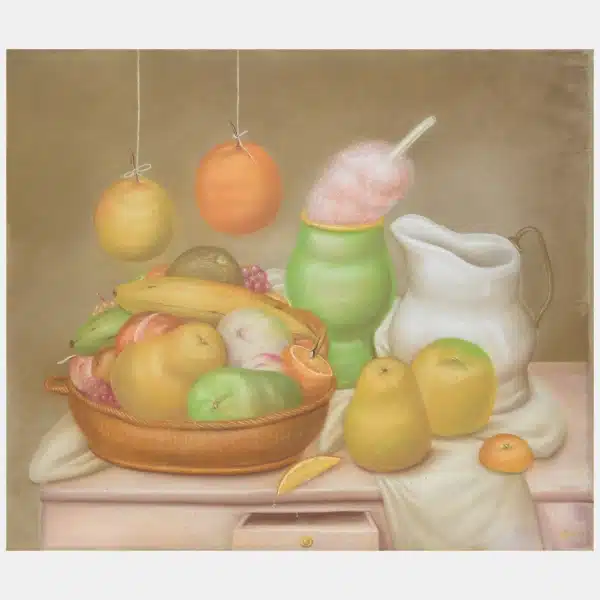
Pastel on paper
46.06 x 55.11 in
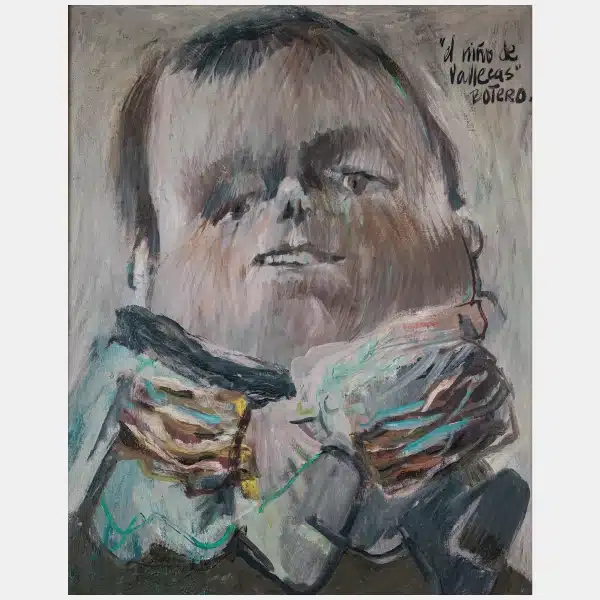
39.37 x 31.49 in
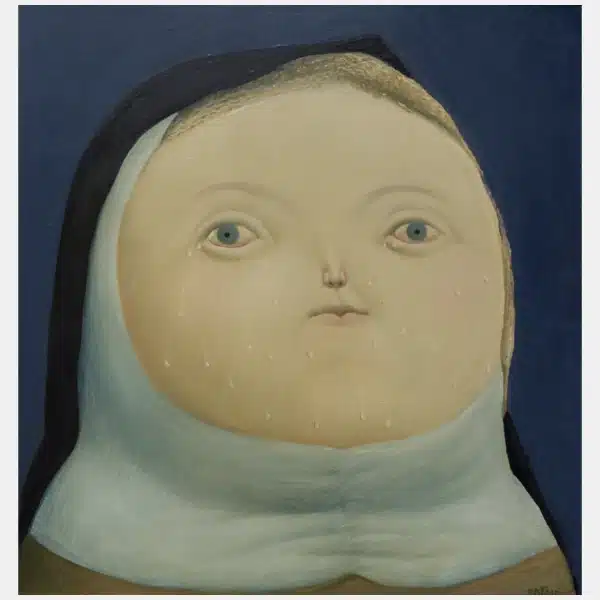
Oil on canvas
45.27 x 43.30 in
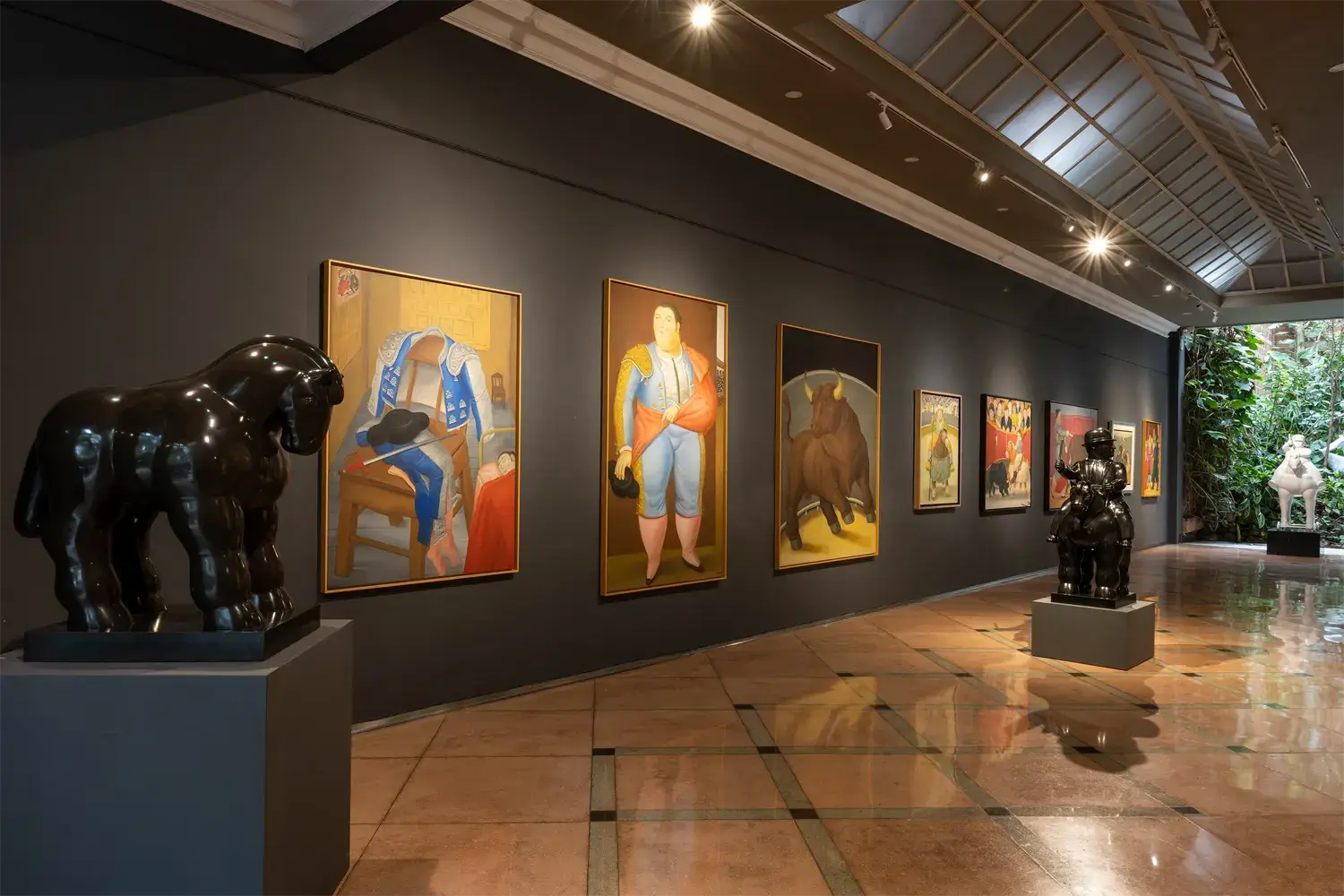
Fernando Botero was a renowned Colombian painter and sculptor, known for his volumetric stylization of figures and objects. His work encompasses themes such as everyday life in Colombia, artistic historical references and abuses of power, all unified by his exaggeratedly rotund figures. This stylization, known as “Boterism”.
He was born in Medellín on April 19, 1932, the second of three children of David Botero Mejía and Flora Angulo de Botero. From an early age, he was influenced by the baroque style of colonial churches. He began his primary education at the Ateneo Antioqueño and continued his secondary education at the Bolivar School.
Driven by his family, Botero developed a deep appreciation for bullfighting since childhood, which led him to explore drawing.
At the age of 16, he got his first job as an illustrator for the newspaper El Colombiano. After finishing high school in Medellín, he moved to Bogotá in 1951. There, he held his first individual exhibition of watercolors, gouaches, inks and oils. His first works of portraits and landscapes showed a very loose brushstroke.
In the early 1960s, Botero settled in New York, where his paintings were very successful in the U.S. art market.
In 1952, he won second prize at the IX National Artists’ Salon with the painting “Frente al mar”. Subsequently, he traveled to Europe to continue his artistic training, residing for approximately four years in cities such as Madrid, Barcelona, Paris and Florence.
Between 1961 and 1973, he took up residence in New York. He would later live in Paris, alternating his stay in the French capital with extended periods in Pietrasanta and his estate in the Cundinamarca town of Tabio. Around 1964, Botero ventured for the first time into the field of sculpture.
For several decades, Botero was one of the most important living artists internationally. After seven decades of artistic career, he became the most recognized living artist in the world, the most published, with the largest number of institutional and museum exhibitions, as well as the most expensive and most transacted living Latin American artist.
From his work emerges an artistic movement, Boterism, which consists of distorting dimensions and working with large volumes.
Fernando Botero passed away on September 15, 2023 at his home in Monaco.

Beyond the surface of rotund shapes lies a disciplined artist with a deep understanding of form, composition, and color. This article explores&nbs
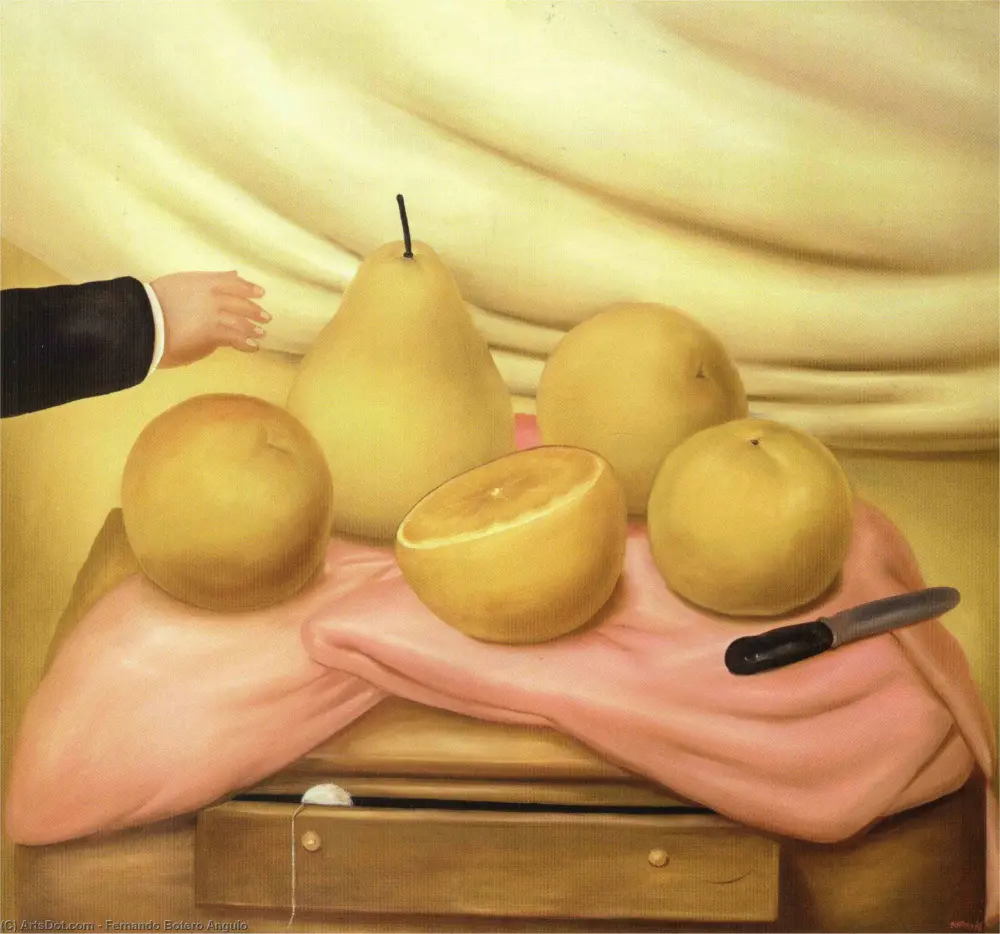
When speaking about Fernando Botero, most art enthusiasts immediately think of his monumental figures and voluminous human forms. Known for developin

A Sculptor Who Redefined Volume Few contemporary artists have left as indelible a mark on the global art scene as Fernando Botero. Known for his d
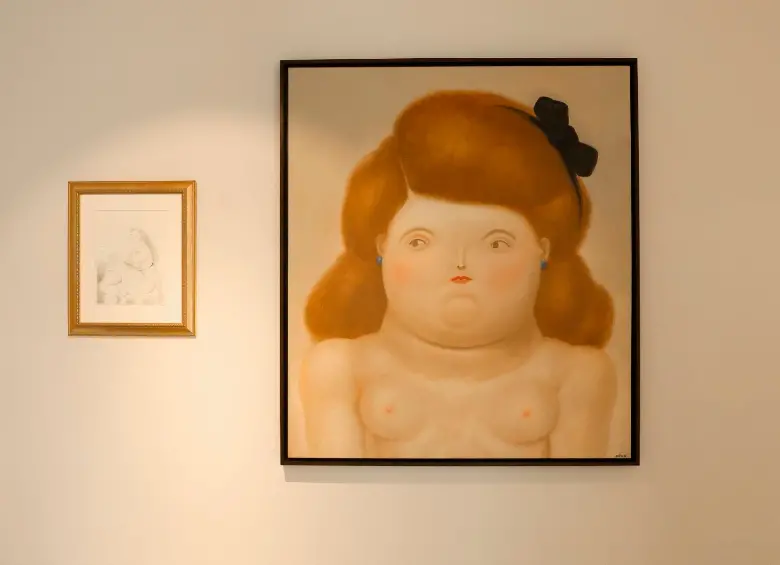
The unique art style of Fernando Botero Fernando Botero is known for his distinctive and recognizable art style. Fernando Botero paintings and Fer
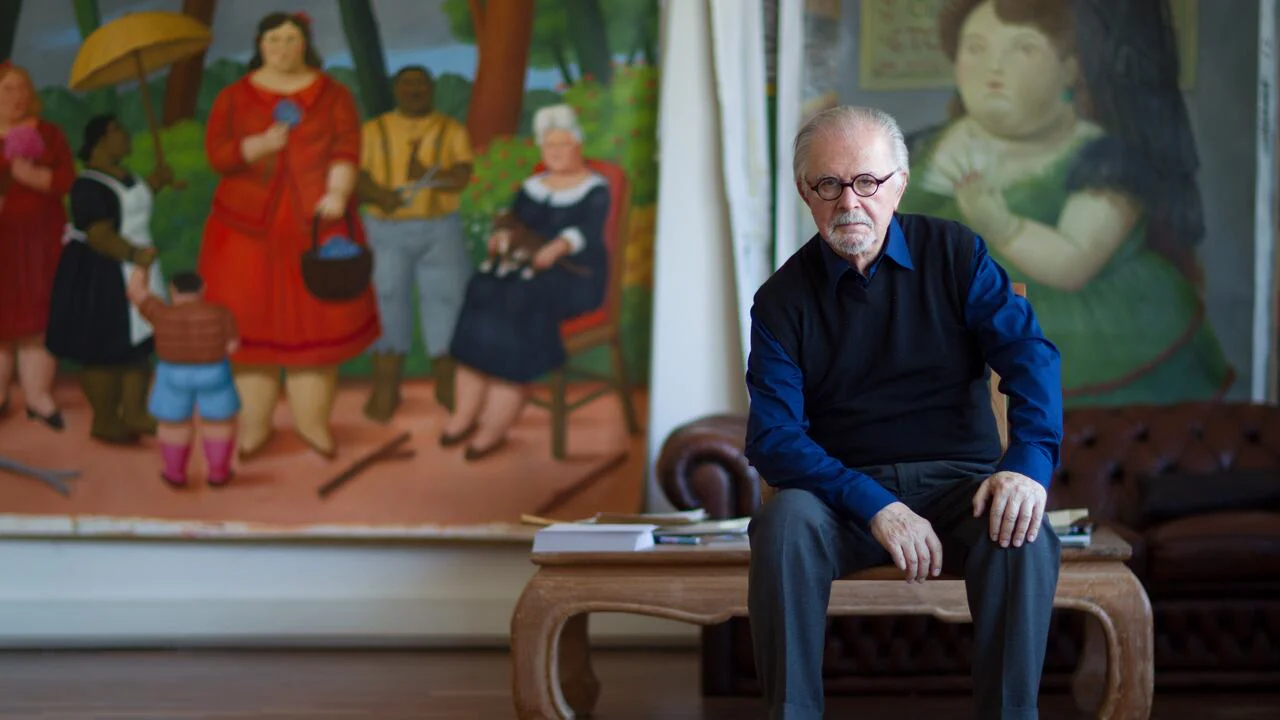
Introduction to Fernando Botero Fernando Botero, the celebrated Colombian artist, is known for his voluminous figures and satirical depictions.&nb

Fernando Botero, one of the most important Latin American artists of the 20th and 21st centuries, left an immense mark on the global art scene throug
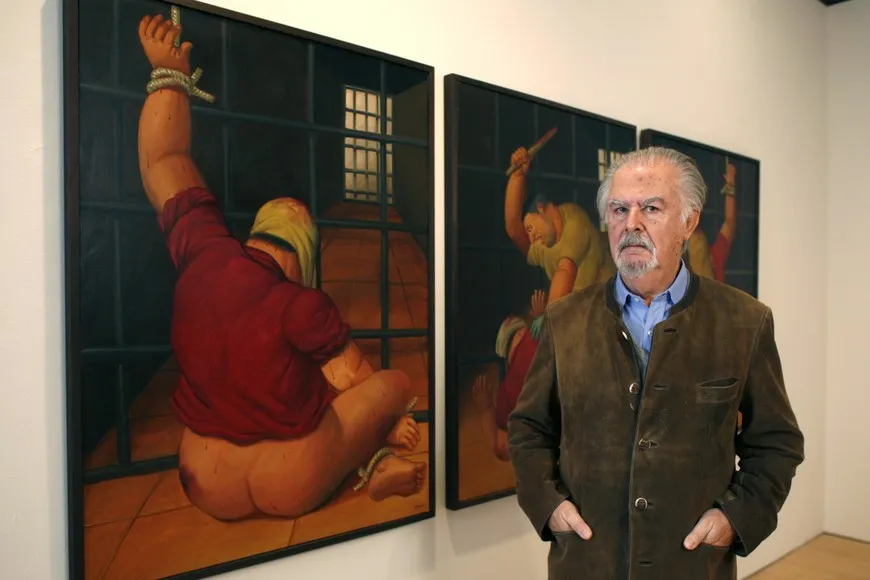
This guide delves into Fernando Botero’s most iconic artworks, recurring themes, and significant moments that have shaped his illustrious career.
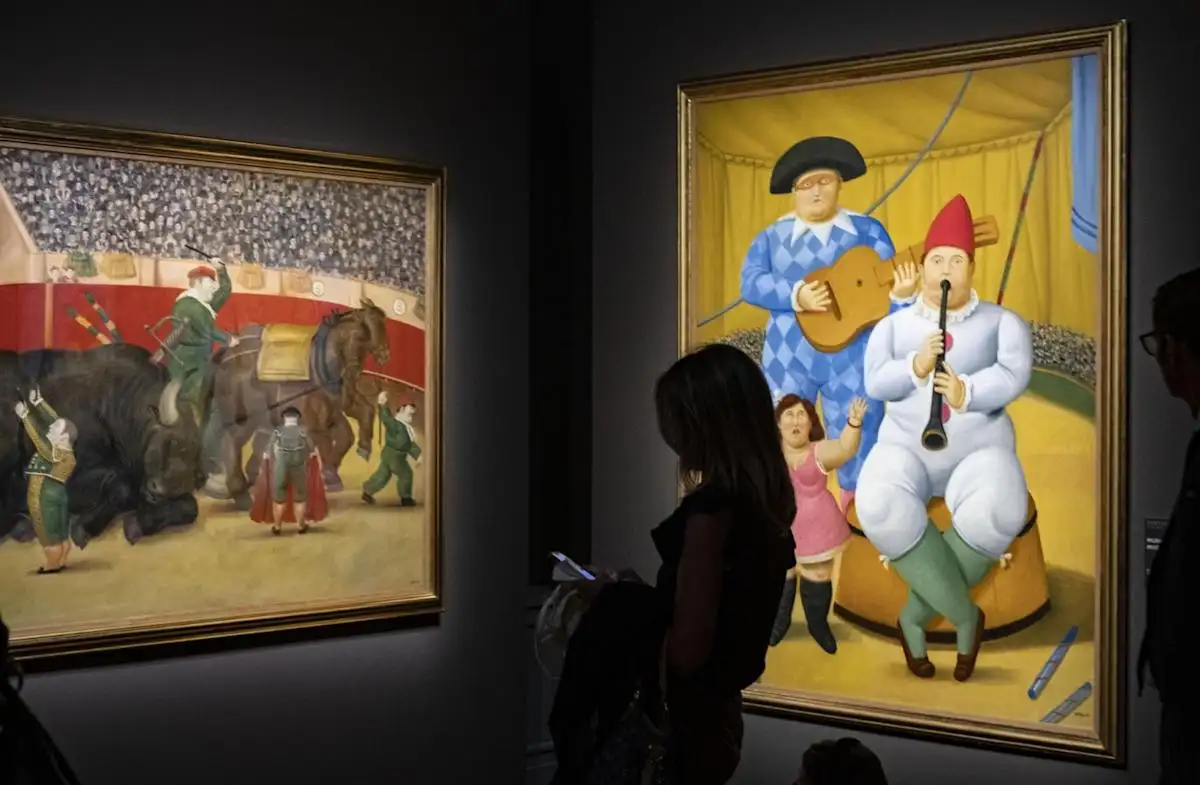
Fernando Botero, one of the most important Latin American artists of the 20th and 21st centuries, has captivated global audiences with his distinctiv
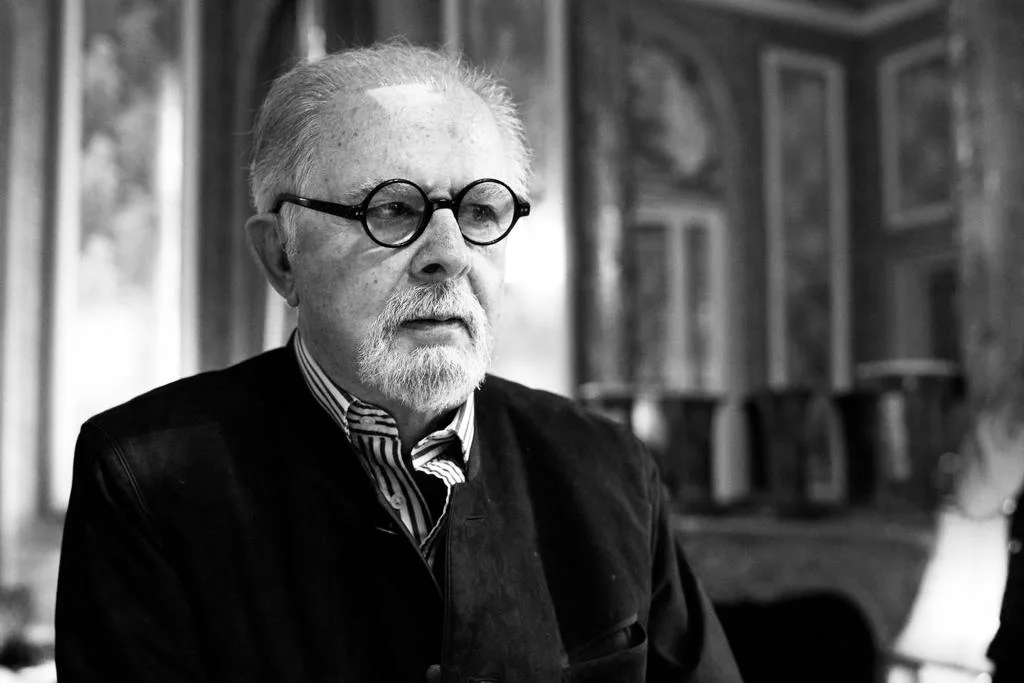
Each anniversary of Fernando Botero’s birth invites us to reflect on the immense legacy that this master left to the world. Born on April 19, 1932 in

The Legacy of Fernando Botero Few artists have left such a lasting mark on the art world as Fernando Botero. As the most important Colombian a

Fernando Botero: A Universal Master in Barcelona From February 14 through July 20, 2025, the Palau Martorell in Barcelona becomes the epicenter of
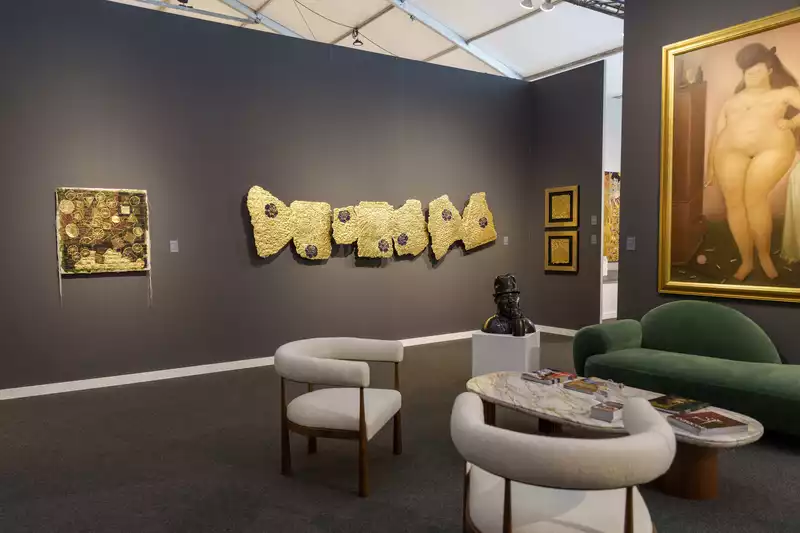
When discussing the great figures of Latin American art, few names carry as much international weight as Olga de Amaral and Fernando B
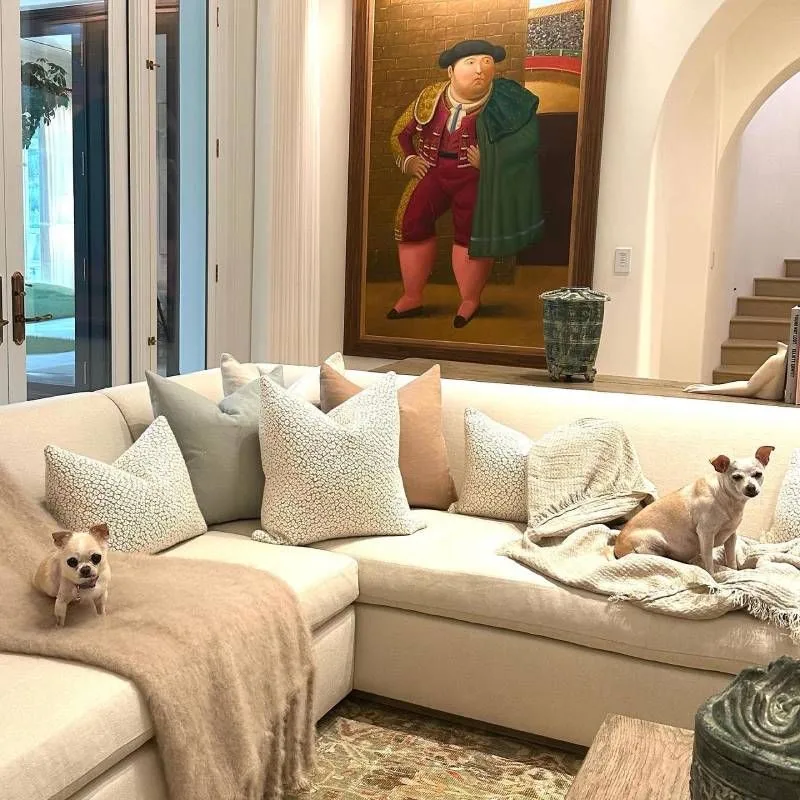
Investing in art can be one of the most exciting and rewarding decisions you make. Beyond its aesthetic value, art has established itself as an intel
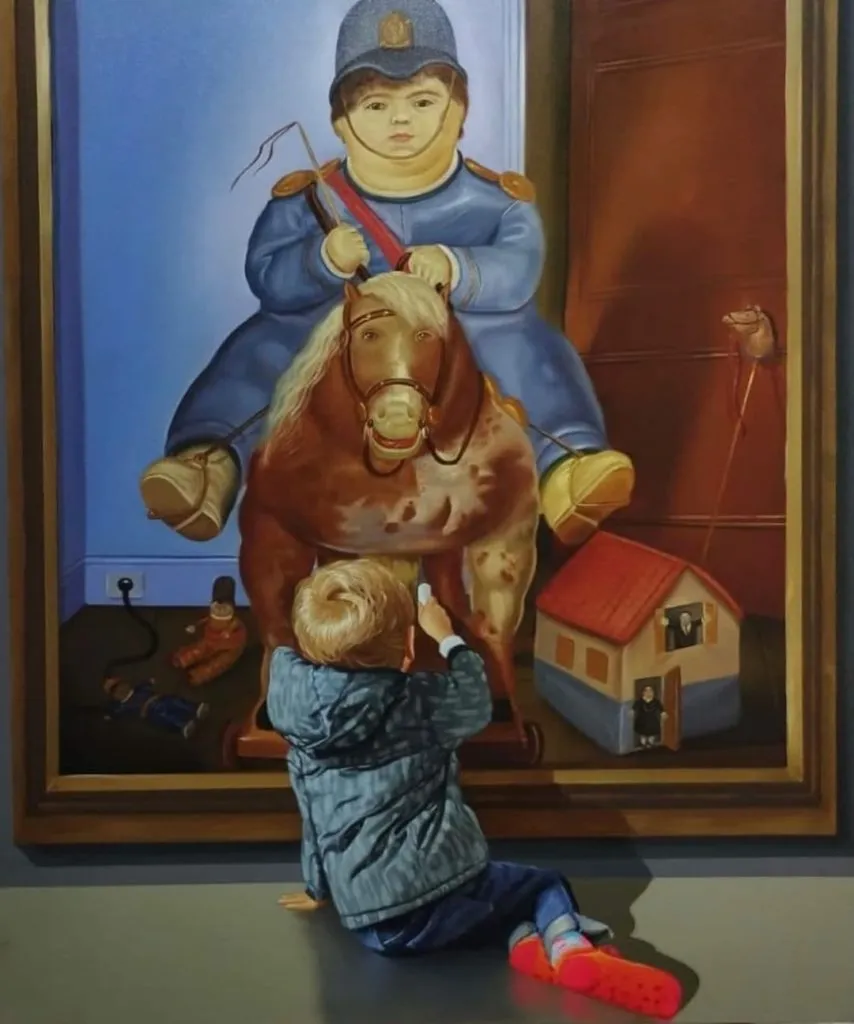
Colombian art is nowadays one of the most compelling forces in the global art scene. With its rich cultural roots, diverse aesthetics, and bold conce
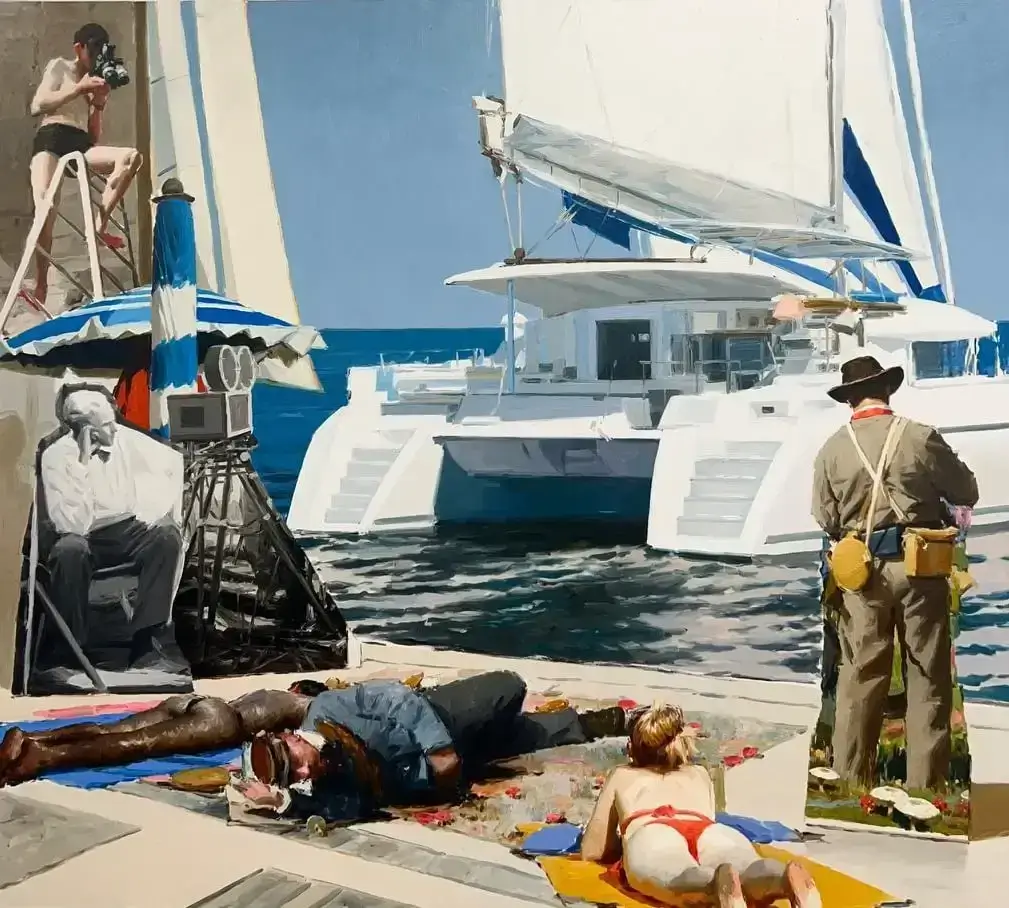
Latin American art is a reflection of the rich history and culture of the region. From ancient pre-Columbian civilizations to the most avant-garde co
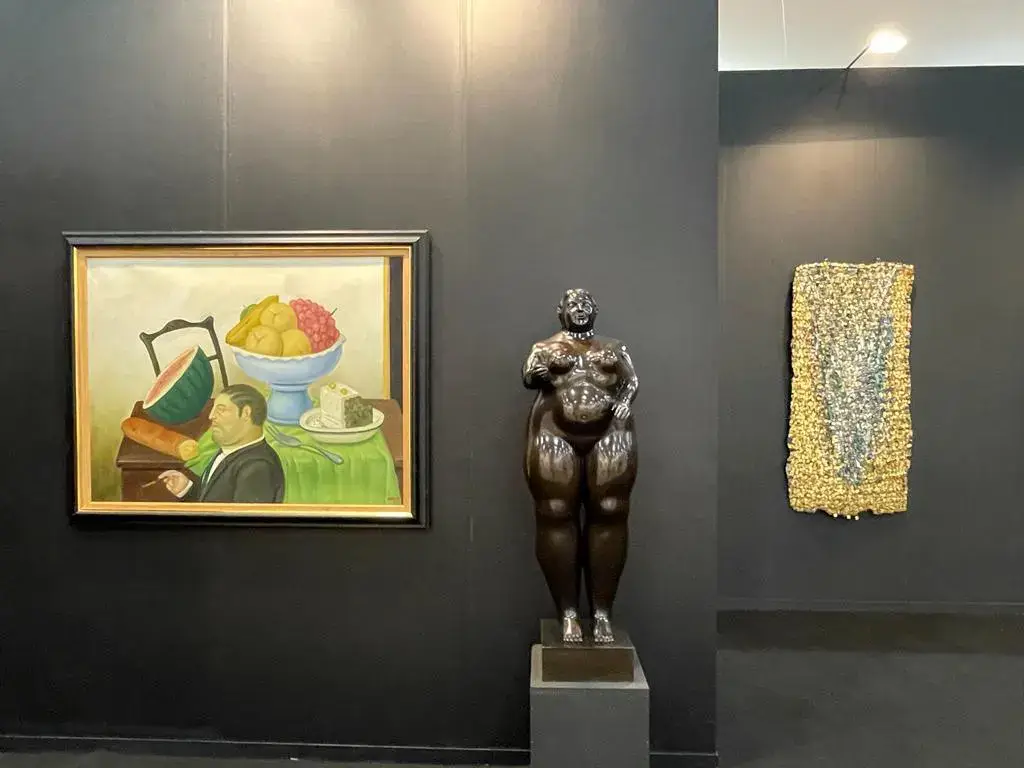
The Duque Arango Gallery announces its participation in what has positioned itself as the most important art fair in Latin America: Zona Maco. Zon
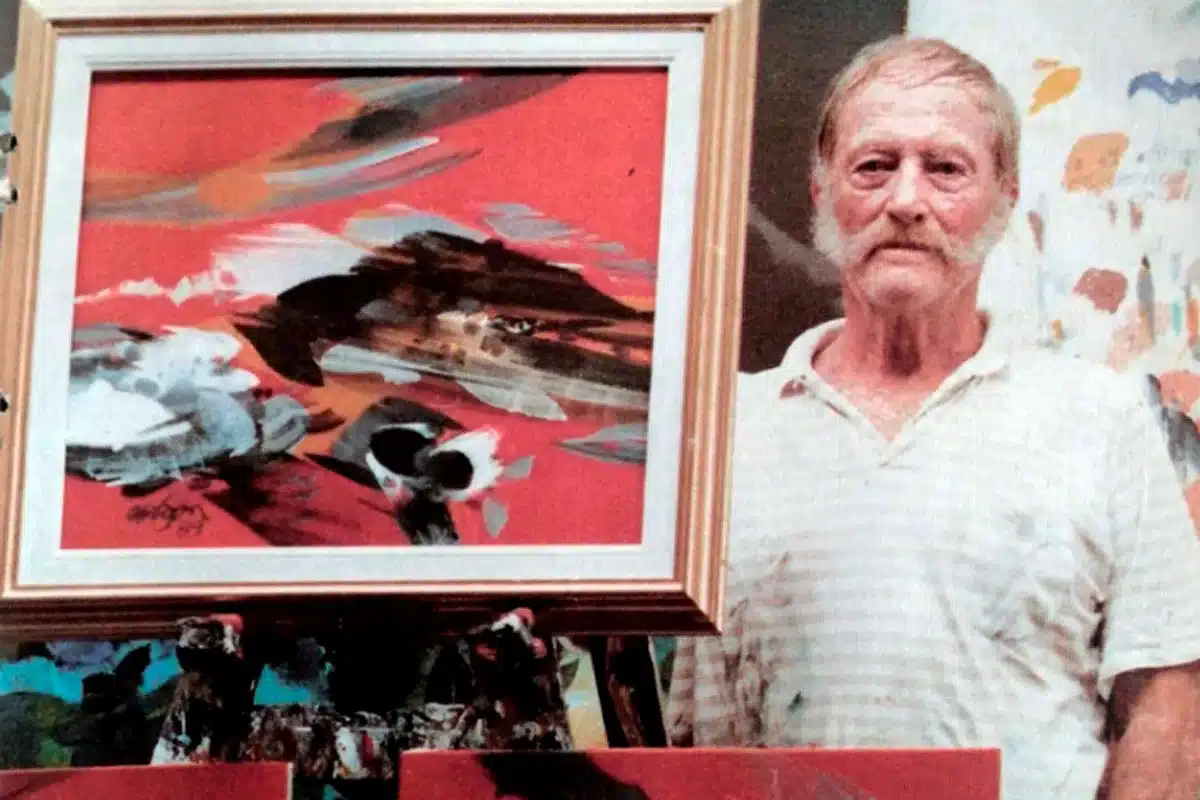
Fernando Botero Born in Medellín in 1932, Botero developed a passion for art at a young age. He studied at the Academy of Fine Arts in
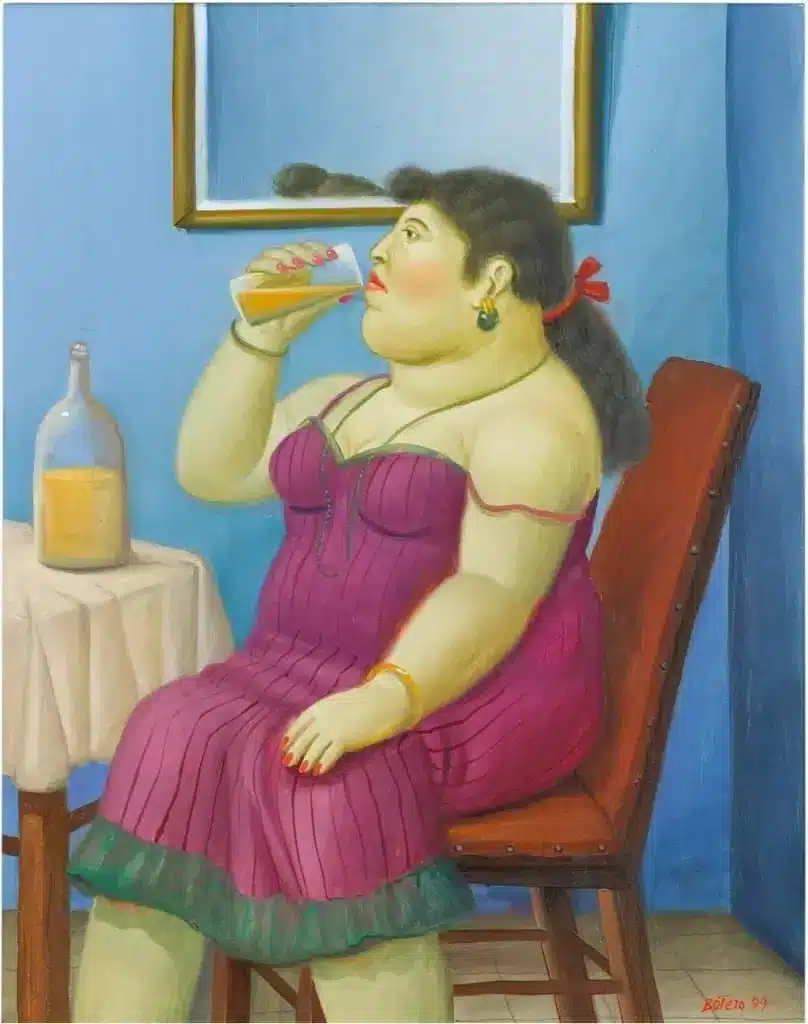
Colombia has been the birthplace and home of many artists whose narratives have shaped the country’s art scene and resonated beyond its borders. In t
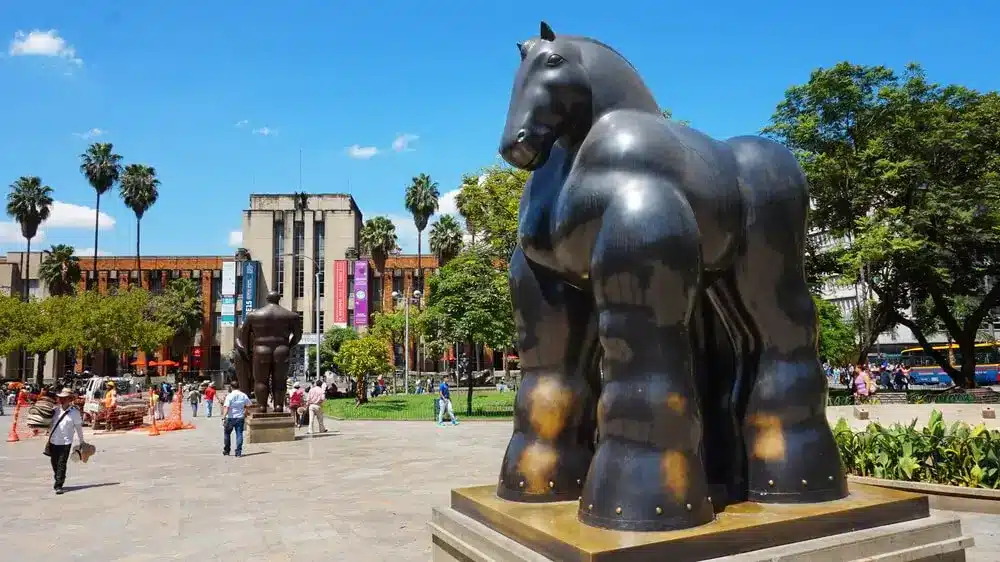
In Colombia’s artistic panorama, sculpture is consolidating its position as a singular means of expression, capable of transmitting the richness of
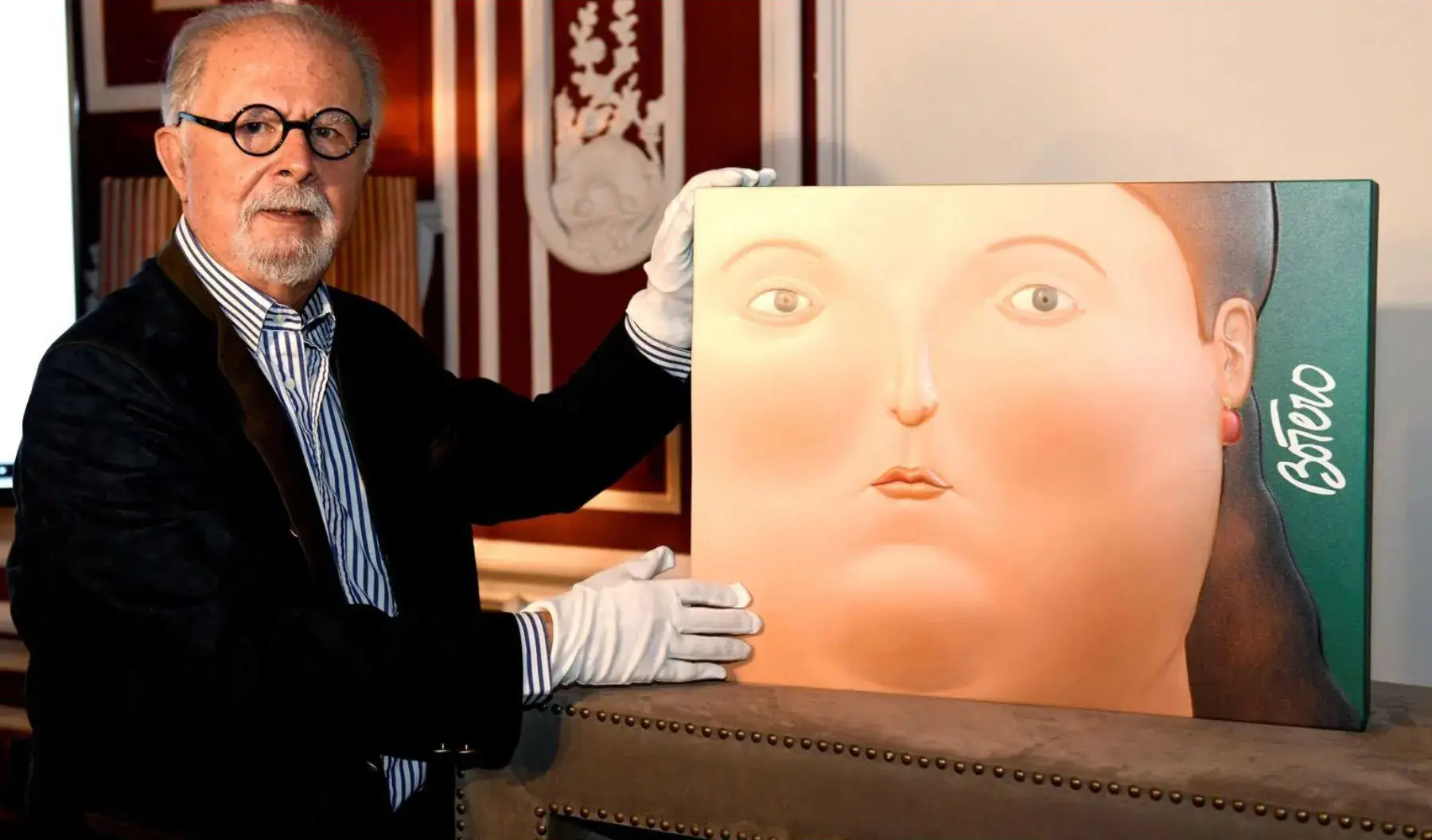
Fernando Botero is one of the most well-known artists in Art History and the most easily recognizable living artist. He was born in Colombia in 1932

